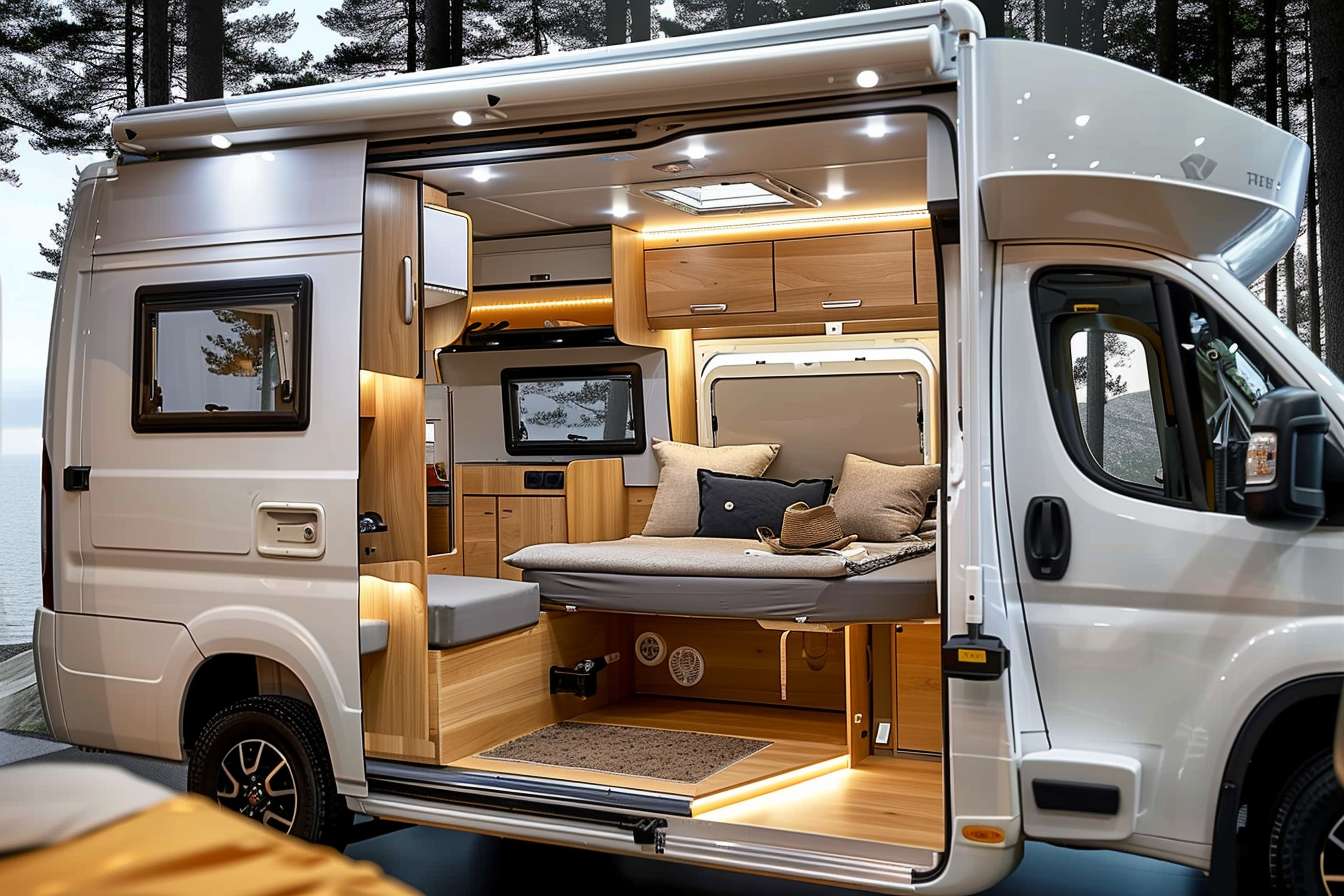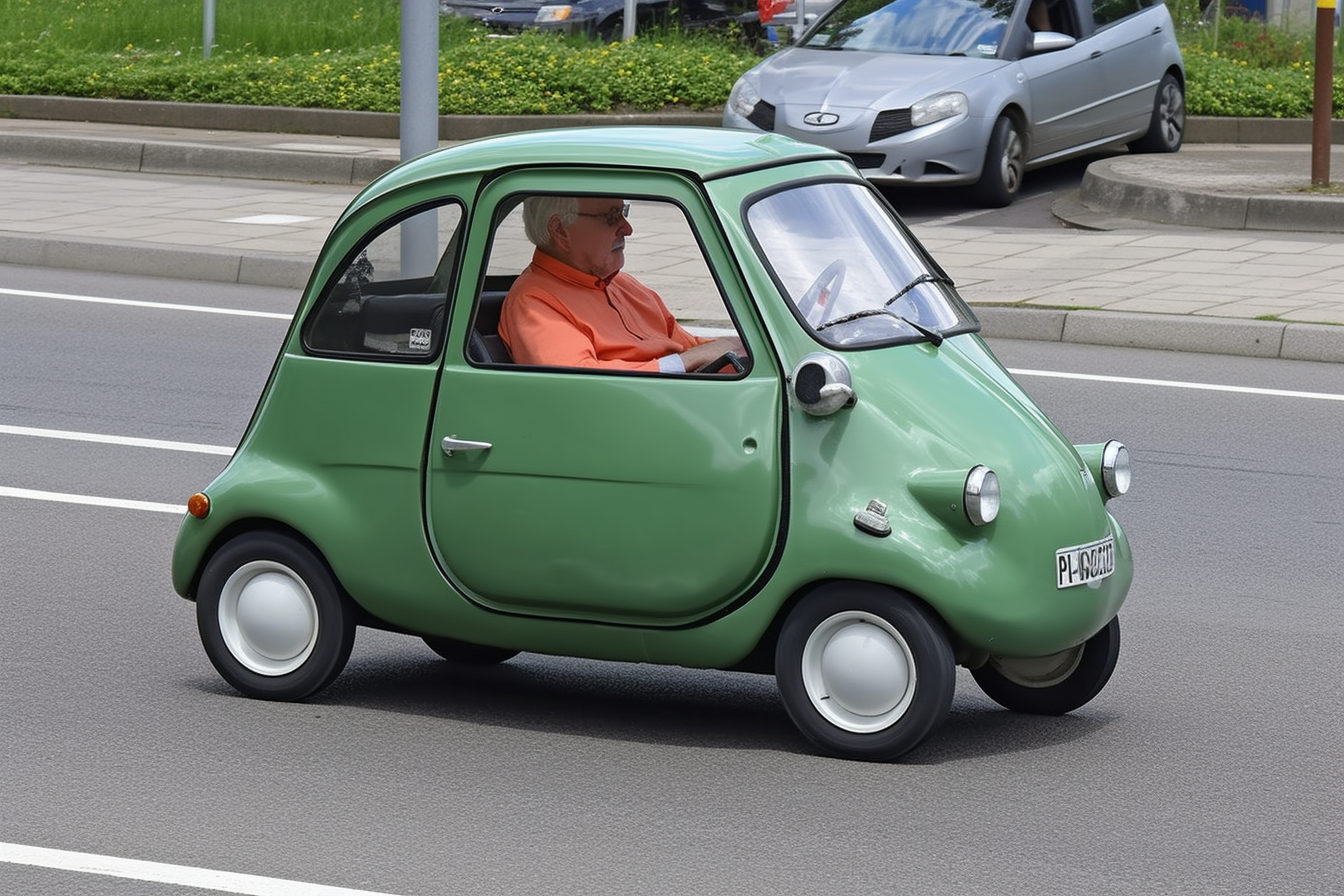Comprehensive Guide to Camper Vans: Options for Every Lifestyle
Discover the versatile world of camper vans, from compact models that sleep two to luxury minivan conversions. These mobile living spaces offer freedom to explore while providing essential amenities in efficiently designed interiors. Whether you're a weekend adventurer or full-time nomad, today's market offers numerous options to match your travel style and budget.

The appeal of camper van life continues to grow as more people seek flexible, independent travel options. Unlike larger RVs and motorhomes, camper vans offer maneuverability while still providing comfortable living quarters. Their compact size makes them ideal for both urban navigation and off-grid adventures, offering the perfect balance between convenience and capability for road travelers seeking both comfort and mobility.
Popular Camper Vans That Accommodate Two People
For couples and solo travelers, camper vans designed for two occupants offer the perfect balance of comfort and efficiency. These vehicles typically feature a convertible bed setup that transforms into seating during daytime hours. Many models include ingenious storage solutions with overhead compartments, under-bed storage, and multi-purpose furniture. The Mercedes-Benz Sprinter, Ford Transit, and Ram ProMaster serve as popular base vehicles for these conversions, with floor plans optimized to include essential amenities like compact kitchenettes, portable toilets, and sometimes even shower facilities—all within a footprint that remains easy to drive and park compared to larger RVs.
Luxury Features in Modern Minivan Campers
The luxury minivan camper segment has evolved significantly, offering premium features previously found only in larger motorhomes. These sophisticated conversions typically include high-end materials like solid surface countertops, premium wood cabinetry, and designer upholstery. Advanced technology integration brings amenities such as solar power systems, lithium battery banks, induction cooktops, and comprehensive entertainment systems. Climate control options often include diesel heaters for winter comfort and roof-mounted air conditioning for summer travels. The bathroom facilities in luxury models may feature cassette toilets or even compact wet baths, while exterior features like power awnings and outdoor shower connections extend the living space beyond the van’s interior.
DIY Camper Van Conversion Projects for Two
Creating a custom camper van conversion has become increasingly popular for those seeking a personalized travel experience. The process typically begins with selecting an appropriate base vehicle—considerations include ceiling height, wheelbase length, and mechanical reliability. Essential components for a successful two-person conversion include proper insulation, ventilation, electrical systems, and water storage. Many DIYers incorporate space-saving furniture like platform beds with underneath storage, foldable tables, and swivel seats. The kitchen area typically features a compact refrigerator, portable stove, and small sink with manual or electric pump. While challenging, DIY conversions allow for complete customization to match specific travel needs and can be significantly more affordable than purchasing a pre-built camper van.
Comparing Compact and Full-Size Camper Van Options
Compact camper vans, often built on minivan or small van platforms, prioritize fuel efficiency and maneuverability. These smaller models typically feature minimalist designs with basic amenities like a simple bed platform, portable cooler, and perhaps a small cooking surface. In contrast, full-size camper vans built on platforms like the Sprinter or Transit offer significantly more interior space, allowing for dedicated bathroom facilities, permanent bed setups, and more comprehensive kitchen areas. The decision between compact and full-size options often comes down to intended use—weekend getaways versus extended travel—as well as considerations around parking limitations, fuel costs, and desired comfort level during extended stays.
Essential Features for Comfortable Van Living
Successful camper van design hinges on thoughtful integration of several key systems. The electrical setup typically combines house batteries with solar charging capabilities to power lighting, refrigeration, and personal devices. Water systems range from simple jerry can setups to pressurized plumbing with freshwater tanks and gray water collection. Climate control represents another crucial consideration, with options including roof vents, portable heaters, or comprehensive heating and cooling systems. Storage solutions must maximize every available inch through creative approaches like overhead cabinets, under-seat compartments, and multi-purpose furniture. Finally, sleeping arrangements vary from convertible dinettes to fixed platform beds, each offering different trade-offs between comfort and space efficiency.
Camper Van Market: Models and Price Comparisons
The camper van market spans a wide range of options and price points, from factory-built models to custom conversions by specialized companies. When comparing available options, several factors influence the overall value proposition including build quality, included amenities, and after-sale support.
| Model | Manufacturer | Key Features | Estimated Price Range |
|---|---|---|---|
| Winnebago Solis | Winnebago | Pop-top sleeping area, wet bath, solar panel | $100,000-125,000 |
| Pleasure-Way Ontour 2.2 | Pleasure-Way | Mercedes chassis, lithium batteries, compact bathroom | $145,000-165,000 |
| Thor Sequence | Thor Motor Coach | Theater seating, swivel chairs, cassette toilet | $115,000-135,000 |
| Storyteller Overland MODE | Storyteller Overland | Off-grid capabilities, shower system, power management | $150,000-180,000 |
| Coachmen Beyond | Coachmen RV | Truma heating system, multiple floor plans, exterior shower | $135,000-155,000 |
Prices, rates, or cost estimates mentioned in this article are based on the latest available information but may change over time. Independent research is advised before making financial decisions.
For those seeking more budget-friendly options, the used market offers significant savings, with pre-owned camper vans typically available for 30-50% less than new models. Additionally, DIY conversion costs vary tremendously based on materials and components selected, with basic builds starting around $5,000-10,000 in materials plus the base vehicle cost, while more comprehensive conversions can require $20,000-30,000 in materials and equipment.
Choosing the Right Camper Van for Your Travel Style
The ideal camper van ultimately depends on your specific travel preferences and requirements. Consider your typical trip duration—weekend warriors might prioritize ease of driving and lower initial cost over extensive amenities, while full-time travelers will likely value durability and comprehensive features. Climate considerations also matter significantly; those traveling in extreme temperatures need appropriate insulation and heating/cooling systems. Parking limitations at intended destinations may restrict vehicle size options, particularly in urban areas or established campgrounds. Finally, budget reality must balance against wish-list features, recognizing that the perfect camper van represents a personal compromise between cost, comfort, and capability that aligns with your unique travel aspirations.




